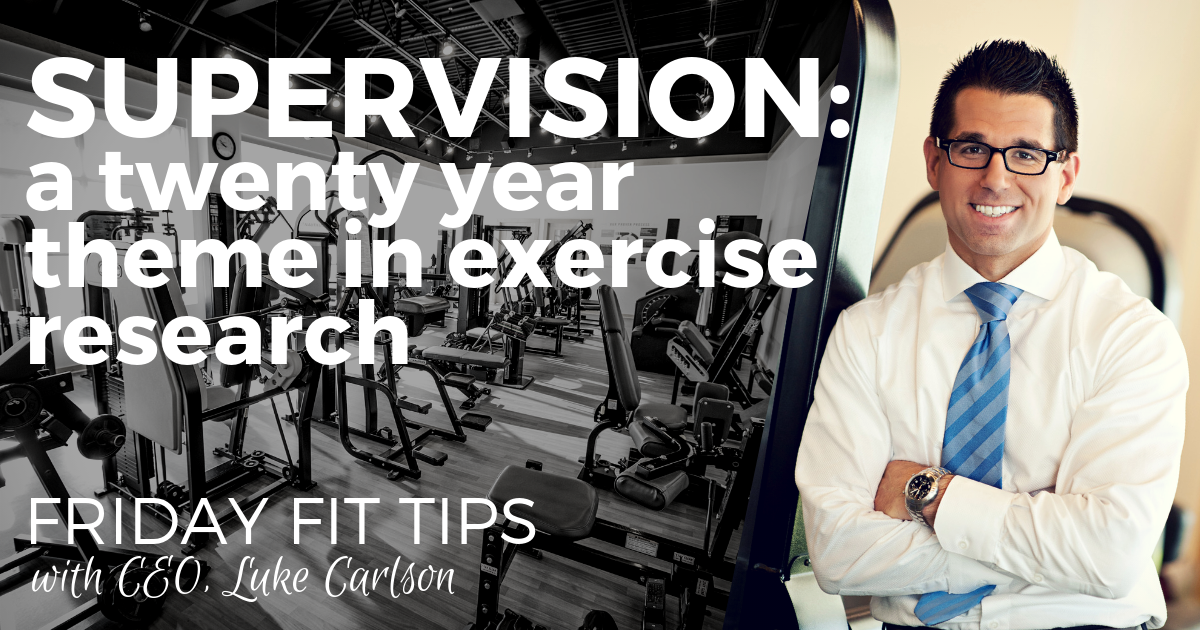26
Oct 2018
By Discover Strength
Posted in
exercise,
medicine,
sports
With
NO Comment
Permalink
EXERCISE VS. SPORT: What is the difference and why does it matter?
|
Exercise and sport are not the same thing.
Exercise is designed to improve our physiology (not to degrade it). Exercise is a means to an end.
Sport, on the other hand is not designed to improve our physiology. Sport is an end in itself.
Clearly, many sports may positively impact our physiology; for example, playing basketball can stimulate improvements to our cardiorespiratory fitness. However, this is not the intent of basketball, it is merely a byproduct (and not always the byproduct). The intensity, duration, rest periods, and frequency of the game play would have to be carefully modulated in order to truly define basketball as exercise. Moreover, the risk of injury in basketball is far too high to qualify as exercise. If you get injured while doing an activity, that activity is not exercise. Again, exercise doesn’t degrade, it improves our physiology and physical function. Tom Purvis brilliantly captures this message stating, “If exercise is supposed to be good for you,
then sports are not exercise.
Sports are the reason we have sports medicine.
Exercise is supposed to be the medicine!”
Over the last 20 years, more and more people are engaged in sports in the name of exercise; a short list of these
sports
includes marathon running, triathlons, basketball, Crossfit, dancing, and gymnastics. By all means, engage in sports because you enjoy them as recreation, but don’t do them as a substitute for exercise. In fact, continuing to perform safe, productive, resistance exercise is a great way to protect against the risk of injury inherent in so many sports.
|
|
|
|
19
Oct 2018
By Discover Strength
Posted in
strength training,
fitness,
supervision,
Exericse Research
With
NO Comment
Permalink
SUPERVISION: A 20 YEAR THEME IN EXERCISE RESEARCH
|
|
|
|




Leave a Reply
Your email address will not be published.